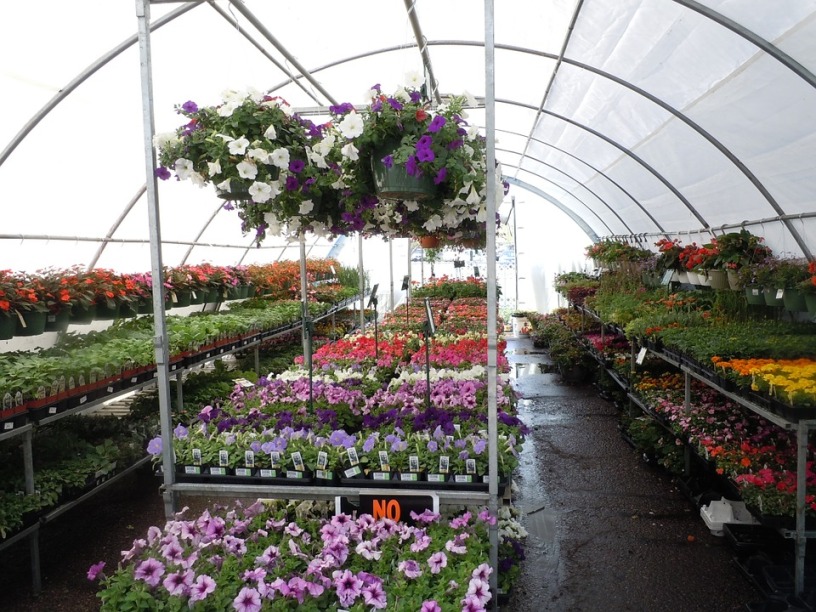Developing Strawberries
by Raintree Nursery
Strawberries are dependably a prominent plant for the home patio nursery since they are flavorful and simple to develop in our Northwest atmosphere. Nothing says summer more than the principal chomp of sweet, homegrown strawberry. Additionally, they can be developed effectively in little spaces and in compartments.
Picking YOUR PLANTS
Okay like an early guard crop? Strawberries throughout the entire season? Another collect in late-summer? The sort of strawberry you pick has a major effect in when and the amount you will gather.
There are 3 classes of Strawberries:
• JUNE-BEARING (summerbearing) strawberries produce one substantial harvest in June.
• DAY-Nonpartisan strawberries natural product ceaselessly all through the late spring and into fall.
• EVERBEARING (two-trimming) strawberries produce a harvest in June and another in late-summer.
Where will you plant your strawberries?
DAY-Nonpartisan and EVERBEARING strawberries produce couple of sprinters, making them perfect on the off chance that you might want your plants to remain to some degree flawlessly in their territories. They are extraordinary for fringes, garden beds, and hanging grower. In the event that you have an expansive space or might want your strawberries to spread all the more quickly, pick JUNE-BEARING sorts.
SOIL and PLANT Arrangement
Pick an area with all around depleted soil that gets full sun. Set up the site by consolidating new natural issue utilizing a planting alteration, for example, manure or soil-building conditioner. The objective is to have soil that is made out of about 25% new natural issue and 75% existing soil. You can include a generally useful or little organic product compost at planting time, following the bearings on the bundle.
When planting in holders, dependably pick an excellent fertilized soil. Compartments loaded up with greenery enclosure soil won't deplete well and the dirt will be unreasonably overwhelming for your strawberry plants' preferring.
Get ready strawberry plants by expelling them from pots and delicately kneading the roots to isolate them somewhat, at that point plant.
NOTE: Exposed root plants ought to be absorbed water for around an hour prior to planting them so the crown stays simply over the dirt (crowns planted beneath the dirt are liable to contagious malady).
PLANTING IN
We prescribe one of these two fruitful planting frameworks:
• THE Slope Framework
• THE Tangled Column Framework
THE Slope Framework is for the most part is the best framework for DAY-Impartial and EVERBEARING strawberries since they produce generally a couple of sprinters. In the wake of setting up the dirt, make mounded pushes around 6-9 inches tall and 1-2 feet separated. Plant the strawberry begins 12-15 inches separated in the mounded lines. Upkeep comprises of just evacuating every one of the sprinters that develop between the lines before they root. The thought is that by evacuating the "child" plants (sprinters) the mother plant can concentrate on making greater and better organic product. Sprinters can be established in another spot or put into the manure canister.
THE Tangled Line Framework is commonly best for JUNE-BEARING strawberries, which produce plentiful sprinters. Plant the strawberry begins 1 foot separated in columns 3-4 feet separated. At that point enable a large number of the sprinters to spread and fill in the lines, without giving the sprinters a chance to develop too thickly (the foliage of the plants need however much sun and air as could be expected). Pruning out overabundance sprinters and foliage will probably be fundamental.
PLANTING IN Compartments
Strawberry plants do great in a wide range of compartments: plastic, wood, fired, or earthenware. You can even form your very own strawberry grower, as appeared by our companion Kirsten Dunn on the Dunn DIY blog. Whichever holder you pick, make certain it has seepage gaps. Strawberries don't care for wet feet.
Essentially fill the holder with astounding gardening soil and a universally handy or little natural product compost, following bundle bearings. Plant one strawberry plant for each 10-12 crawls of pot breadth. Strawberries have a spreading propensity and shallow roots, so an amazingly profound compartment isn't essential, yet pick holders no less than 6-8 inches tall. In the event that you lean toward a more full look in your holder immediately, plant all the more thickly however partition the plants following one year so they don't progress toward becoming packed and fail to meet expectations.
STRAWBERRY CARE
WATER profoundly and altogether on a normal calendar all through the dry summer months. Dribble watering or a soaker hose is desirable over overhead watering and stays away from natural product forming and different maladies. For compartments, water when the outside of the dirt starts to dry out. Strawberries unquestionably don't care for sitting in wet, soaked soil yet would prefer not to dry out either!
Prepare when planting and after that yearly in April with a generally useful or little natural product manure, following the bearings on the bundle. You can
Buy Strawberry plants for sale online ar Raintree nursery website.
REPLANT with new strawberry plants following 4-5 years in light of the fact that by then your plants will probably have reduced yields. It's ideal to sit tight for a couple of years before planting in a similar area because of irritations and maladies that can develop in the dirt. For Compartments, wash the holder with a weakened dye arrangement and utilize new soil when replanting to keep away from vermin and infections.
Furthermore, presently for the best part! Make the most of your delectable, homegrown strawberries. When you've developed your own it will be difficult to return to locally acquired strawberries until the end of time!






